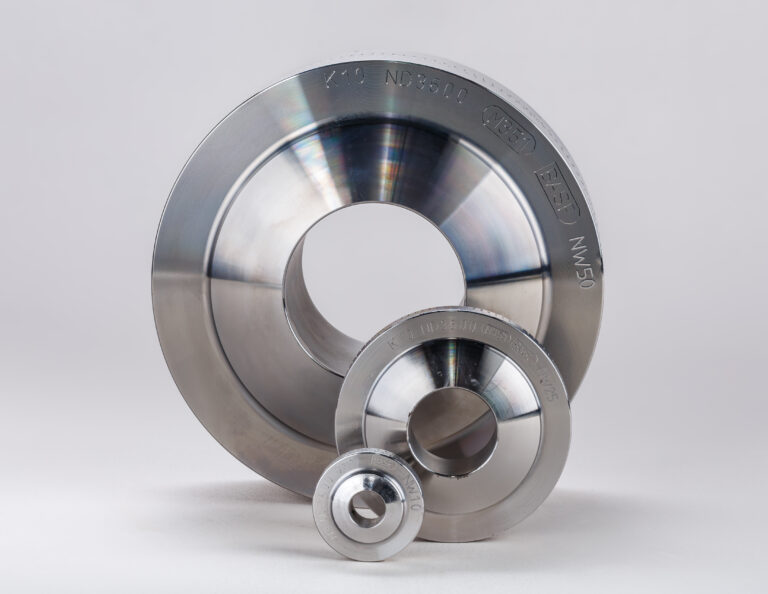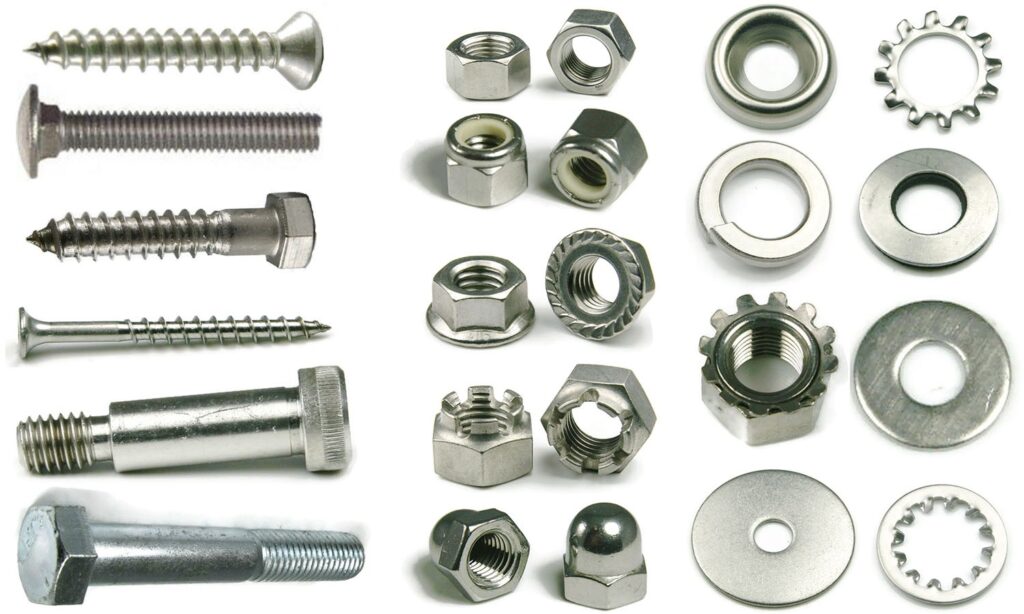Flange

A flange is a method of connecting pipes, valves, pumps and other equipment to form a piping system. It also provides easy access for cleaning, inspection or modification. Flanges are usually welded or screwed. Flanged joints are made by bolting together two flanges with a gasket between them to provide a seal.
TYPES OF FLANGES
The most used flange types in Petro and chemical industry are:
- Welding Neck Flange
- Slip On Flange
- Socket Weld Flange
- Lap Joint Flange
- Threaded Flange
- Blind Flange
Gaskets

A gasket is a mechanical seal which fills the space between two or more mating surfaces, generally to prevent leakage from or into the joined objects while under compression.
Gaskets allow for “less-than-perfect” mating surfaces on machine parts where they can fill irregularities. Gaskets are commonly produced by cutting from sheet materials.
Gaskets for specific applications, such as high pressure steam systems, may contain asbestos. However, due to health hazards associated with asbestos exposure, non-asbestos gasket materials are used when practical.
Fasteners

A fastener is a hardware device that mechanically joins or affixes two or more objects together. In general, fasteners are used to create non-permanent joints; that is, joints that can be removed or dismantled without damaging the joining components. Welding is an example of creating permanent joints. Steel fasteners are usually made of stainless steel, carbon steel, or alloy steel.
Standards – ANSI B16.5, B18.2.1, B18.3, B18.2.2
Bolting Grades- ASTM A193, A320, A453, A182, A276, A479.
Nuts Grades- ASTM A194, A453, A182, A276, A479.
